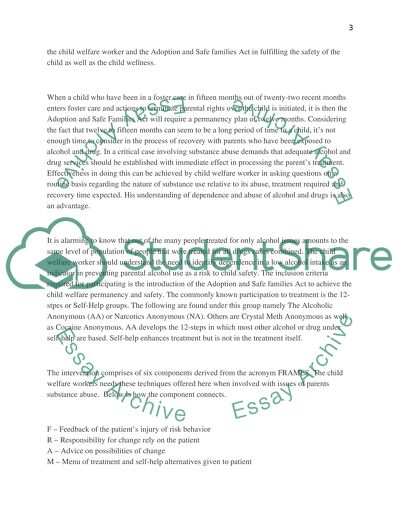Cite this document
(“Child Welfare Essay Example | Topics and Well Written Essays - 2000 words”, n.d.)
Retrieved from https://studentshare.org/miscellaneous/1510548-child-welfare
Retrieved from https://studentshare.org/miscellaneous/1510548-child-welfare
(Child Welfare Essay Example | Topics and Well Written Essays - 2000 Words)
https://studentshare.org/miscellaneous/1510548-child-welfare.
https://studentshare.org/miscellaneous/1510548-child-welfare.
“Child Welfare Essay Example | Topics and Well Written Essays - 2000 Words”, n.d. https://studentshare.org/miscellaneous/1510548-child-welfare.


